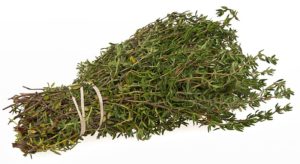
It turns out that even making minor adjustments to your usual diet can improve the gut microbiome (the community of bacteria, fungi, viruses living in the gut) within a few weeks. Two separate studies found that eating some peanuts daily or adding some herbs or spices to the foods you eat can improve the numbers of beneficial bacteria living in the gut.
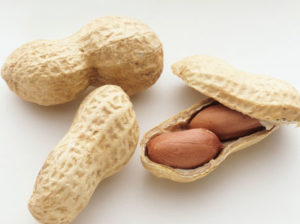 In the peanut study - eating or not eating peanuts didn't change the diversity or main types of bacteria living in the gut. But eating peanuts did increase the numbers of several beneficial species --Roseburia and Ruminococcaceae, which are butyrate producing bacteria (good!). The peanut group ate 28 grams of peanuts (1 ounce or about 33 peanuts) as a night-time snack for 6 weeks.
In the peanut study - eating or not eating peanuts didn't change the diversity or main types of bacteria living in the gut. But eating peanuts did increase the numbers of several beneficial species --Roseburia and Ruminococcaceae, which are butyrate producing bacteria (good!). The peanut group ate 28 grams of peanuts (1 ounce or about 33 peanuts) as a night-time snack for 6 weeks.
In the spice and herb study, adding a combination of spices and herbs to the diet for 4 weeks increased microbial diversity in the gut (good!), and also increased beneficial Ruminococcaceae numbers (good!) in persons at risk for heart disease. Faecalibacterium and Agathobacter numbers also increased (good!). A variety of dried spices and herbs (1/8 tsp, 3/4 tsp. or 1/1/2 tsp) were added to foods in the daily diet, and not taken as a capsule.
Dried spices added to foods in the spice and herb study included coriander, cumin, allspice, cinnamon, oregano, thyme, onion powder, garlic, ginger, rosemary, thyme, basil, black pepper, paprika, parsley, red pepper, etc. - 24 in all!
Bottom line: These studies agree with other research finding that eating peanuts (and all sorts of nuts, legumes), as well as adding spices and herbs to your foods is beneficial to the gut microbiome. They feed beneficial microbes in your gut, have all sorts of micronutrients, and they also have multitudes of microbes. A win-win.
From Science Daily: Peanuts and herbs and spices may positively impact gut microbiome
Adding a daily ounce of peanuts or about a teaspoon of herbs and spices to your diet may affect the composition of gut bacteria, an indicator of overall health, according to new research from Penn State. In two separate studies, nutritional scientists studied the effects of small changes to the average American diet and found improvements to the gut microbiome. ...continue reading "Adding Herbs and Spices To Your Foods Improves Gut Microbiome"

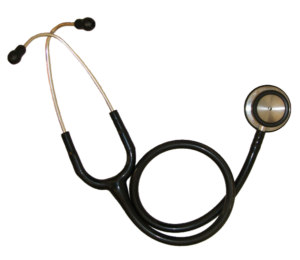 Recent research found that flare-ups of the disease lupus involves microbial changes in the gut microbiome. The gut microbiome is the community of microbes (fungi, bacteria, viruses) living in the small intestine.
Recent research found that flare-ups of the disease lupus involves microbial changes in the gut microbiome. The gut microbiome is the community of microbes (fungi, bacteria, viruses) living in the small intestine. Recent studies suggest that "vaginal seeding " of a newborn is
Recent studies suggest that "vaginal seeding " of a newborn is 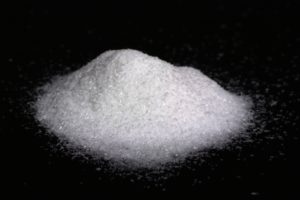 Artificial sweeteners are very popular, with sucralose (Splenda) being the most widely used artificial sweetener in the US. However, there is increasing evidence that these sweeteners are linked to health problems. Recently,
Artificial sweeteners are very popular, with sucralose (Splenda) being the most widely used artificial sweetener in the US. However, there is increasing evidence that these sweeteners are linked to health problems. Recently, 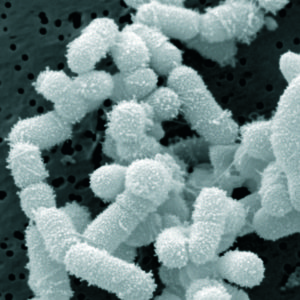 It is now my eleventh year of successfully treating sinus infections with only the probiotic Lactobacillus sakei. This includes regular sinus infections, chronic sinusitis, and even when there are just a few sinus symptoms (you know, the gradual slide toward sinusitis). No antibiotics and no antibacterials in all this time! Yes, it still feels miraculous!
It is now my eleventh year of successfully treating sinus infections with only the probiotic Lactobacillus sakei. This includes regular sinus infections, chronic sinusitis, and even when there are just a few sinus symptoms (you know, the gradual slide toward sinusitis). No antibiotics and no antibacterials in all this time! Yes, it still feels miraculous! Another
Another 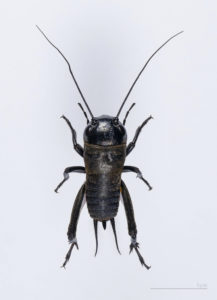
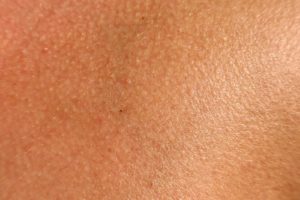

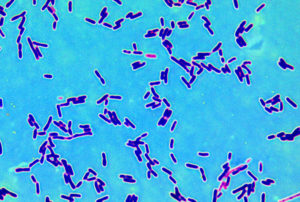 By now no one should be surprised that the male urethra has a microbiome - the community of microbes (bacteria, viruses, fungi) that live there. After all, we have millions of microbes living all over and in us.
By now no one should be surprised that the male urethra has a microbiome - the community of microbes (bacteria, viruses, fungi) that live there. After all, we have millions of microbes living all over and in us.